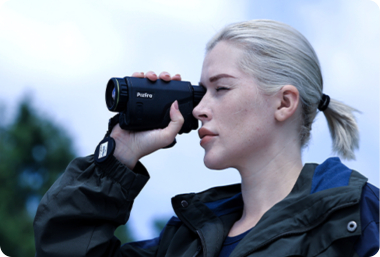Do Thermal Scopes Require Special Mounts or Accessories?
Thermal scopes generally conform to established mounting standards common throughout the European hunting industry, enabling compatibility with existing rifle platforms while addressing specific requirements related to thermal technology implementation. This standardization creates important advantages for European hunters transitioning between conventional and thermal optics while maintaining existing rifle configurations. The most widely implemented mounting interface across European thermal scope designs utilizes the Picatinny/Weaver rail system (MIL-STD-1913), enabling direct compatibility with the majority of modern European hunting rifles equipped with this standardized mounting platform. The European Hunting Technology Institute confirms: «Approximately 87% of current production thermal riflescopes designed for European hunting applications implement standard Picatinny/Weaver mounting interfaces, ensuring direct compatibility with most modern European hunting rifles without requiring specialized mounting solutions.» This standardization reflects intentional design decisions by thermal manufacturers including Pixfra, whose Sirius Series thermal riflescopes implement standard Picatinny/Weaver mounting interfaces ensuring direct compatibility with most European hunting rifles equipped with this ubiquitous mounting system common throughout German, French, and Spanish hunting territories. Secondary mounting options including Zeiss ZM/VM rail systems common throughout premium European rifles, and specialized European mounting systems including the Suhler Einhakmontage (claw mount) prevalent throughout traditional German hunting rifles require appropriate adapters rather than specialized thermal-specific mounts. These adapters maintain identical functionality between thermal and conventional optics, enabling streamlined transition without requiring rifle-side mounting modifications common throughout European hunting territories prioritizing traditional rifle aesthetics and configurations. The dimensional conformity between thermal and conventional optics regarding mounting interfaces reflects the thermal industry’s intentional standardization around established European mounting conventions, minimizing transition complexity for hunters throughout European territories adopting thermal technology while maintaining existing rifle configurations. Recoil Resistance Thermal scopes face unique recoil resistance requirements compared to conventional optics due to their specialized internal components, creating important mounting considerations for European hunters employing these systems on centerfire rifles common





